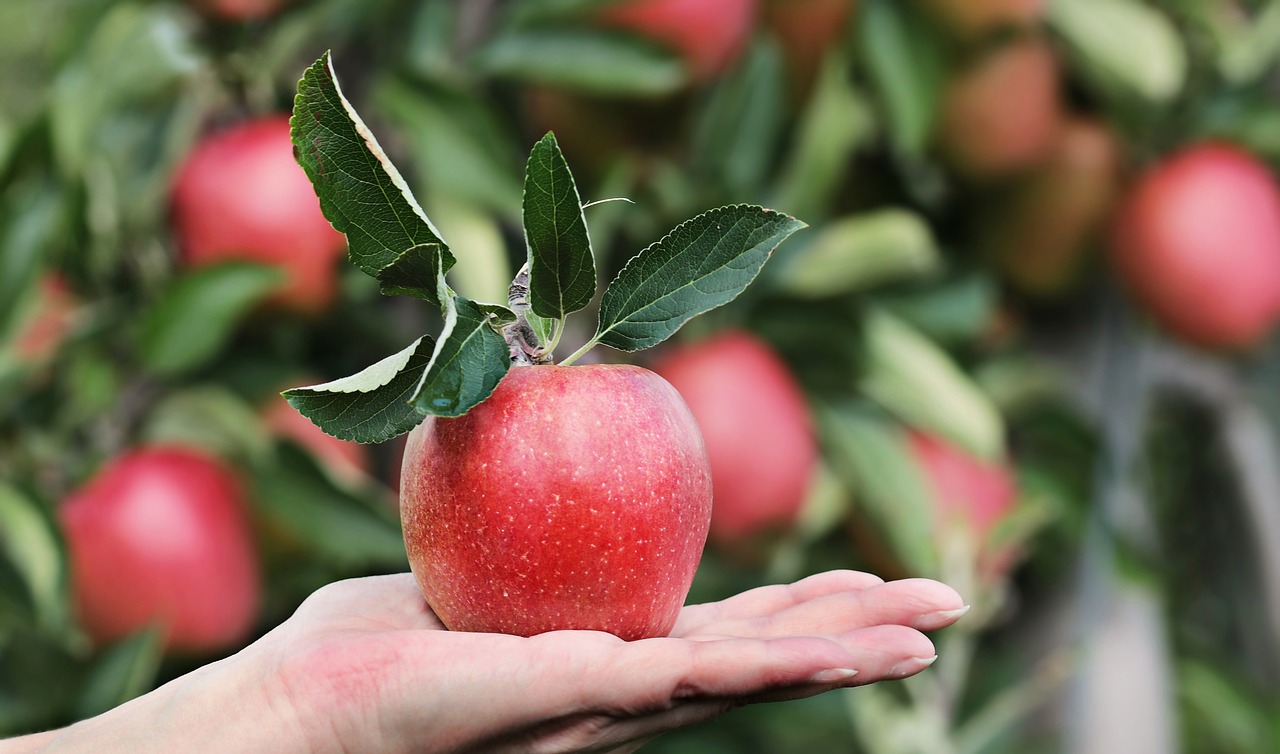There’s nothing more satisfying than biting into a ripe apple, pear, or peach that comes directly from your own orchard; or the smell of a peach or berry pie cooked from the spoils of your own gardening efforts. Once you’ve selected, purchased and planted your favorite fruit trees from Ty Ty Nursery, you’ll need to keep up a consistent level of upkeep throughout the year to ensure the best reward. Whether it’s watering during the summer drought, pruning, or fertilizing; some additional help throughout the year can ensure your fruit trees thrive and grow. Madera professional tree care can give you some advice as well.

Watering
During their production years, it’s essential to adequately water fruit trees. Newly planted trees require about a gallon of water a week during the growing season. When trees receive natural rainfall during that time, you may not need to re-water, depending on the amount of rain and the amount of soil drainage in the orchard. You should re-water trees when the top two inches of soil are nearly dry.
As your trees age and develop an extensive root system, they will require less water. It is still important to remember to water fruit trees regularly and to increase the amount during times of drought. Overwatering can cause a yellowing of the leaves, so use your best judgment when applying extra water to your fruit trees during the growing season. To produce a good fruit crop, trees need a periodic soaking. Water drip systems can also help provide consistent watering when appropriate.
Fertilizing
To ensure fruit trees grow to their full potential and continue to receive the nutrients they need throughout their lifetime, it’s important to consider fertilizing annually. Once fruit trees exhaust the nutrients in the soil around them, they need additional nutrients to produce good fruit crops. To ensure they are getting the right amount of nutrients, or whether it’s time to fertilize your fruit trees, consider testing your soil for nutrients.
For fruit trees over 2 years old, use a fertilizer high in nitrogen, which encourages fruit growth. Fruit trees also need a large amount of calcium, which can be applied as a liquid calcium supplement to encourage healthy growth. We have many options to choose from at Ty Ty Nursery and can help you understand the best application techniques.
When applying fertilizer to your fruit trees, remember to read and follow the label’s instructions carefully. A tree 4-inches in diameter needs about 1lb of fertilizer, depending on the brand you select. Apply the fertilizer evenly throughout the root zone of the tree and through the tree’s drip line, the circular area on the ground beneath the branches of the tree where rain drips through.
Controlling Pests and Disease
To keep your fruit trees healthy and producing throughout their lifetime, consider creating and sticking to an annual spray schedule. You should begin you scheduled spray before the first buds of spring, applying a dormant-season protective spray to apple, pear, and other fruit trees; as well as grape vines; to protect them from bugs, mites, aphids, and additional pests. Dormant trees, including plums and peach, can also be sprayed at the same time. You’ll also notice positive effects from spraying your strawberry and blueberry plants, as well as asparagus patches; before pest eggs begin to hatch in the spring.
To guard effectively against pests, cover the entire tree, spraying thoroughly, and remember to follow the specific instructions on your pest control label to ensure your safety and success.
Next, when your apple and pear trees are blooming in the spring, you should spray to protect from fire blight, a bacterial disease. Once the tree’s petals drop, it’s time to spray copper fungicide, to protect from rot and other fungus; including to fruit trees, grape vines, and strawberry plants. You can add this type of protection to your rose bushes as well. Follow the label for effective, safe application to control these dangerous diseases.
In mid to early summer, you can continue growing-season pest and disease-control spraying of your fruit trees and plants. Use extreme caution around pets and children and read the label closely before use. At Ty Ty Nursery we recommend spraying after all flower petals have fallen, and in the morning or evening hours, to reduce the impact on bees.
Additional Maintenance
The amount of additional maintenance required to sustain healthy fruit trees depends on the kinds of trees you have selected from Ty Ty Nursery. In addition to watering, fertilizing, and pest control; mulching will help retain soil moisture throughout your orchard. Deploy your mulch immediately after planting new trees, and again each spring and fall. Make sure to leave room around the base of the tree trunks to combat rot. Fruit thinning, which requires removing some of the fruit crop to ensure the rest grow to a good size for eating and baking, is also recommended.
Pruning
Most fruit trees need a proper pruning schedule to thrive. Pruning allows your trees adequate light, keeps messy overgrowth to a minimum, and provides room to grow and produce juicer fruit. Pruning stimulates more vigorous growth from the remaining branches and buds, and maximum fruit production. You should be thinning out branches and removing dead wood each year. Specific varieties require individual pruning care, so research the proper pruning techniques for your trees before you begin.
To begin pruning, remove the broken, dead, or diseased branches. If two branches are growing closely together, either parallel or overhanging, remove the least desirable branch (considering the shape of the tree you want). When possible, remove horizontal branches, allowing the ones growing horizontally to thrive, and remove branches that are hanging down. Your pruning efforts should thin the tree to permit better spraying access and increased light and air. If your fruit tree varietal has smaller, twiggy growth, some of these outshoots should be removed to prevent crowding.
When pruning, it’s best for the trees to use close, clean cuts; which discourage future decay. Prune moderately and regularly (each spring) for the best results. Since pruning encourages growth, remove the areas where you want the most growth to occur, especially in older trees.
If you notice disease on your trees, you can prune those areas at any time of the year or wait until late winter to allow the wounds to heal quickly. Most often, it’s best to remove diseased branches when you see them to reduce spreading throughout the tree or to other trees. Excessive pruning can dwarf new growth, so stick to light pruning, especially with younger trees.
Weeding
For healthy fruit trees, weed your garden or orchard consistently. Weeds are competing for the same water and nutrients your fruit trees need to grow. Using chemical weed repellents is not recommended near edible plants and fruit trees, because they are harmful to you and the environment. Anything that kills weeds can harm your fruit trees as well.
Remember to plan your fruit trees from Ty Ty Nursery in direct sunlight and far enough apart to leave room from them to thrive. Your fruit trees will grow and produce fruit for years to come if you provide a minimal level of care and maintenance, including annual pruning, seasonal protection against pests and disease, and adequate watering throughout the year (without over watering). Additional work, like thinning the fruit crop each year, will allow for additional growth and even better crop results.

